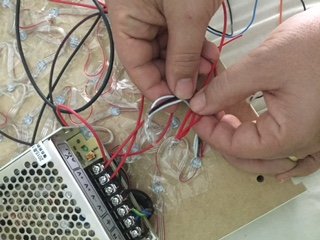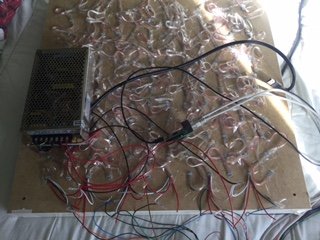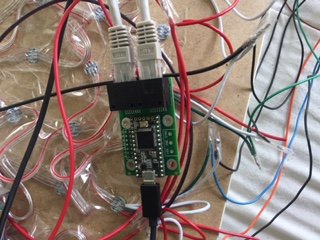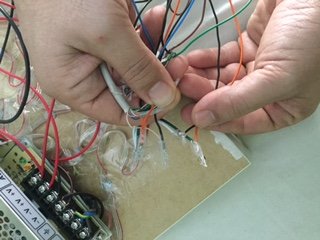Hi, I have an array of 144 LEDs made in 6 strips of 24 LEDs connected to a teensy 3.2 and octows , I have connected 4 strips to an Ethernet cable and two strips to another Ethernet cable both with octo , when I send any test , it only illuminate me the two first of the block with 4 and the first of the block with 2, it is connected in the following way
Cable strip 1 orange
Blue wire strip 2
Strip 3 green wire
Brown wire strip 4
5 cable strip orange ( second Ethernet)
Strip 6 ( second Ethernet) blue wire.
What is the problem?
As would be the correct connection ?
Thank you
Cable strip 1 orange
Blue wire strip 2
Strip 3 green wire
Brown wire strip 4
5 cable strip orange ( second Ethernet)
Strip 6 ( second Ethernet) blue wire.
What is the problem?
As would be the correct connection ?
Thank you





